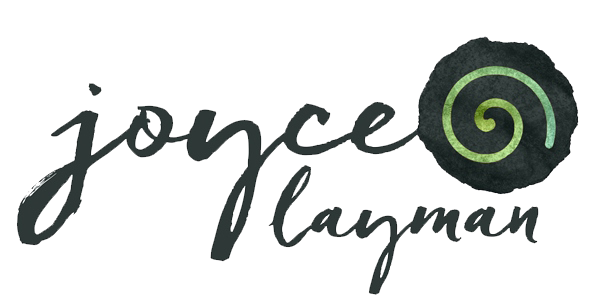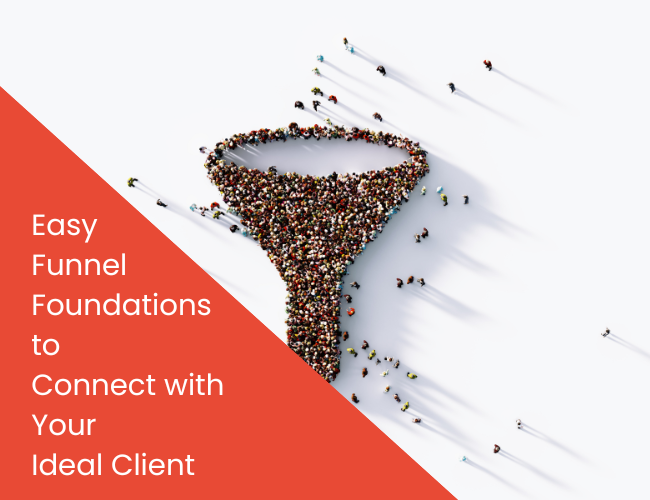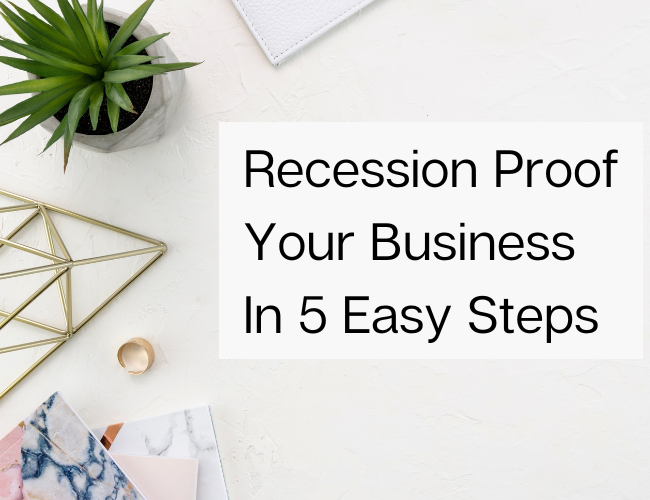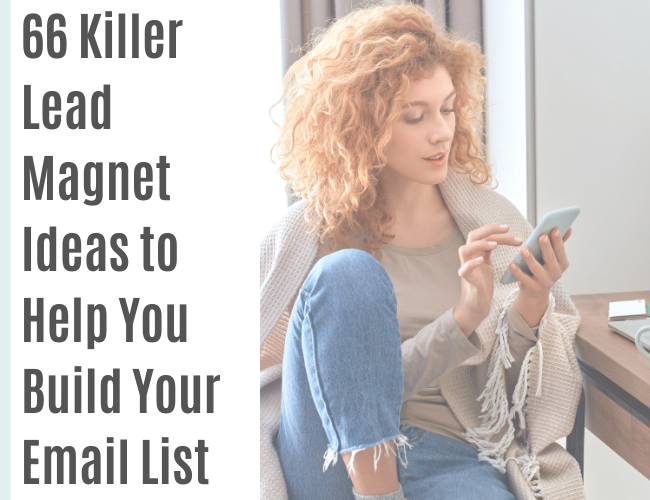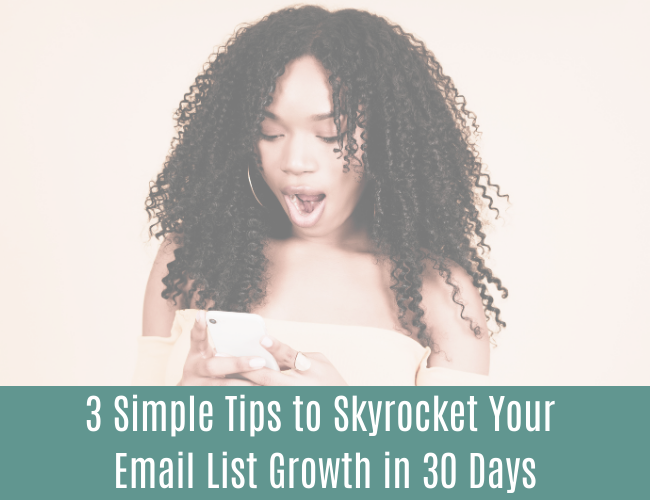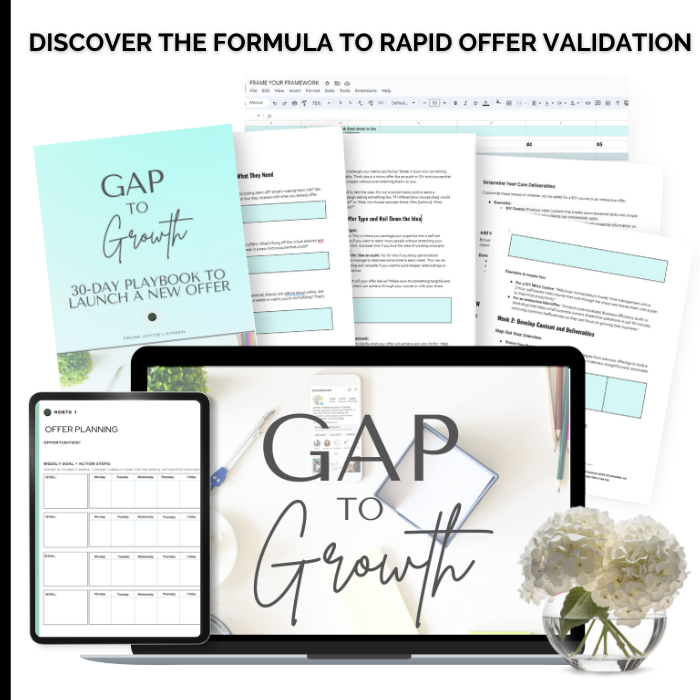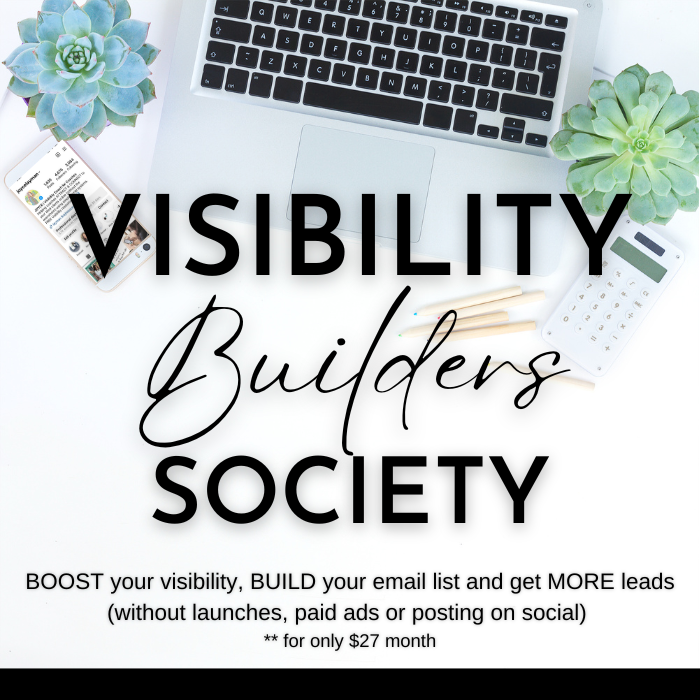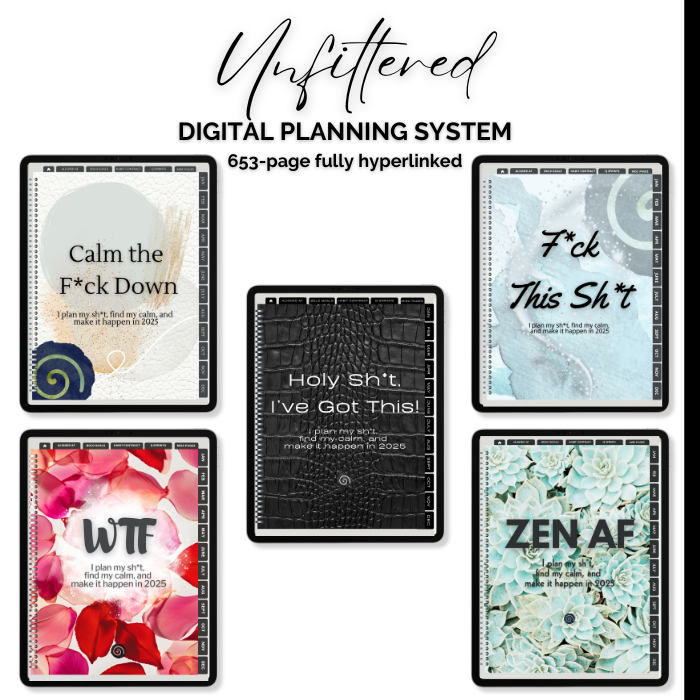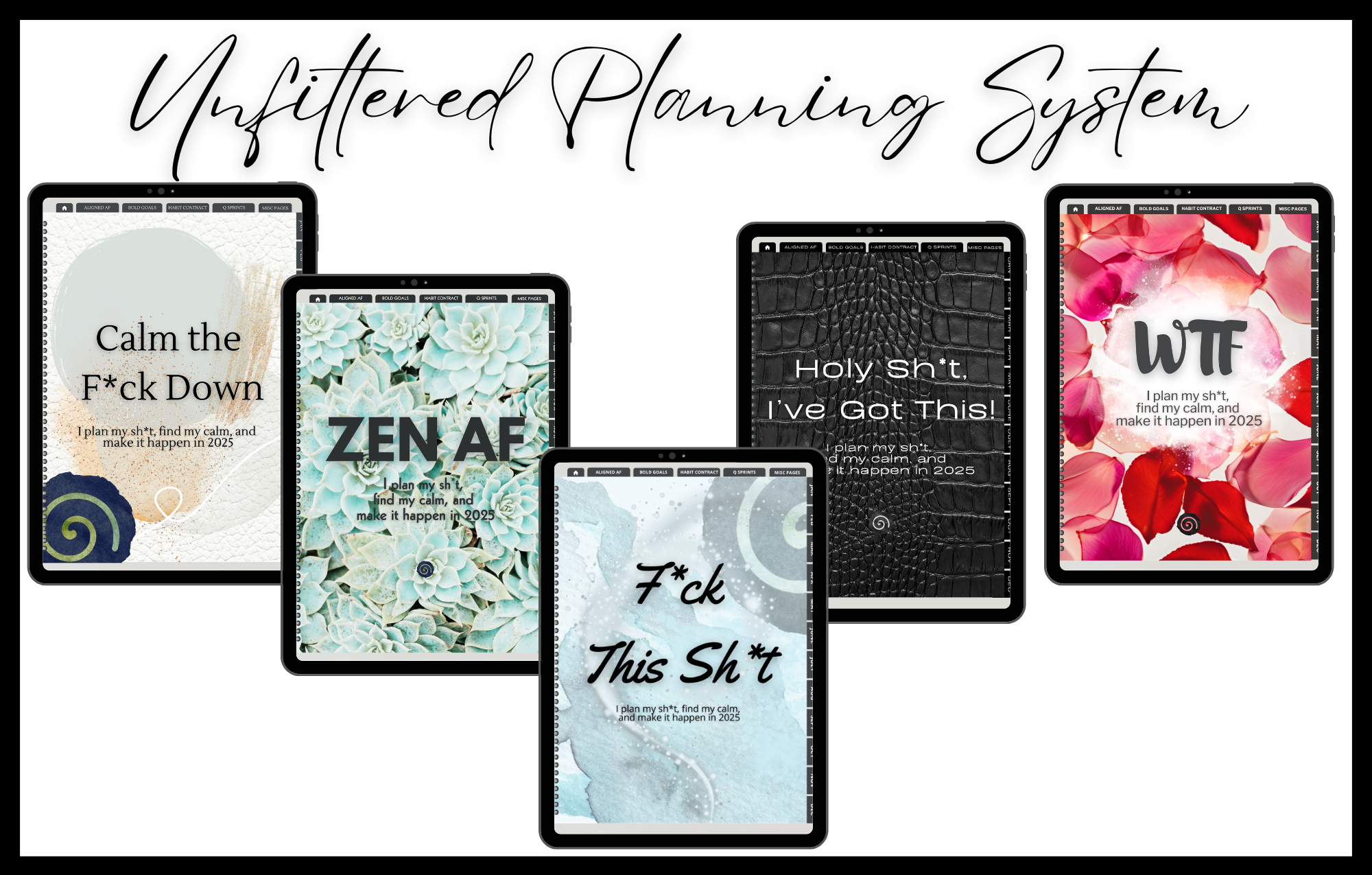It’s hard to know where to start when creating a funnel. You want to make sure that your funnel is attracting the right people, and then make sure they stay engaged until they become a client. Most people think funnel creation is complicated and difficult, but it doesn’t have to be. Following these simple steps, you can create a funnel connecting you with your ideal clients.
Most entrepreneurs hate the idea of creating a sales funnel because it seems like too much work and it’s confusing. The more complex your funnel, the longer your funnel will take to convert into clients so, in this post, we are focusing on easy!
Watch the training where I share my screen and go into detail on each of the steps.
You need a sales funnel if you want to get paid for your expertise, grow your list and sell your offers. The problem is that most entrepreneurs hate creating a sales funnel because it seems like too much work and confusing. So instead, you’re posting content on social Instead and building an email list with unqualified non-ideal clients who’ll never buy from you.
You do not need a funnel to get your first few clients. It’s more work, so as your business grows, it’s not sustainable.
The easiest way to think of your sales funnel is like a journey that you take your potential client through. The journey’s starting point is your free content, and the destination is your paid offer. The common element in each step is the value you provide until he/she becomes your raving fan.
Building a sales funnel will completely change the way you run your coaching business. And the best part is that it saves you time and gets more coaching clients while automating 80% of the process!
The Starting Point: Free Content
Your freebie or lead magnet should be something that your target audience would find valuable since it speaks to a pain or challenge they are experiencing, so they are starting to look for potential solutions. Your target audience size will be bigger at this point so the free offer will be more generic to attract a larger group of people.
The goal at this stage is to get their email address so you can nurture the relationship and continue providing value until they are ready to invest in your paid offer. Make sure your free offer is a natural next step to your paid offer.
If you don’t know what to create, then think of the biggest pain point or struggle your ideal client has that makes them want a solution.
PRO TIP: Your free offer should be something your client thinks they need even though it isn’t necessarily what they need. It could be a PDF guide, quiz, audio training, or even a mini video series. The key is to make sure that it’s high quality and that it’s something that your ideal client would be willing to exchange their email address for.
Canva (PRO version) is my go-to for creating amazing content, including all of my lead magnets. I created a lead magnet template that you can access here.
Step 2: Create an Enticing Place for Your Potential Clients to Land
Your landing page is where you send potential clients to sign up for your free offer. The purpose of the landing page is to collect email addresses so that you can add people to your email list. I’ve seen people attempt to do this via DM, but it’s kind of awkward to ask for someone’s email when you can just as easily message it to them.
The landing page should be simple and to the point. Include a headline, a brief description of your free offer, and a call to action for people to sign up to receive it. The content must be clear and compelling if you expect someone to give you their email address.
Make sure that the form to collect email addresses is prominently displayed and that it’s easy to find. You don’t want potential clients to get frustrated and give up before they sign up.
Convert Kit and Mailchimp are my favorite options for anyone newer to tech since they provide a variety of customizable templates and training to build your funnel automation. You can make a landing page on your website but you still need to integrate with a delivery platform.
TIP: Be sure to test the automation before you start promoting it!
The Fortune is in the Follow-Up
Crafting an email follow-up series is the next step in your funnel because it allows you to continue providing value and building a relationship with your potential clients.
Your email follow-up series should be a minimum of 5 emails but no more than 7. You want to ensure that each email provides value and that you’re not bombarding people with sales pitches. The email follow-up series aims to add additional value to build trust and credibility so that when you make an offer, your potential clients are more likely to invest.
Some ideas for emails in your series include:
- A welcome email introducing yourself and thanking them for signing up for your free offer
- An email providing more information about the problem they are experiencing and how you can help
- A case study or testimonial email highlighting the results your clients have achieved
- A training or coaching email walking them through a specific process or solution
- An email making a special offer
The easiest way to do this is to create your email series in a Word document and add it to the automation. And then test, test, test before you begin promoting your freebie!
>>If you want the email templates, be sure to scroll to the bottom and get the FREE Lead Magnet Guide + Canva template. When the follow-up series arrives, copy and paste to a Word document and customize them to fit your target audience.
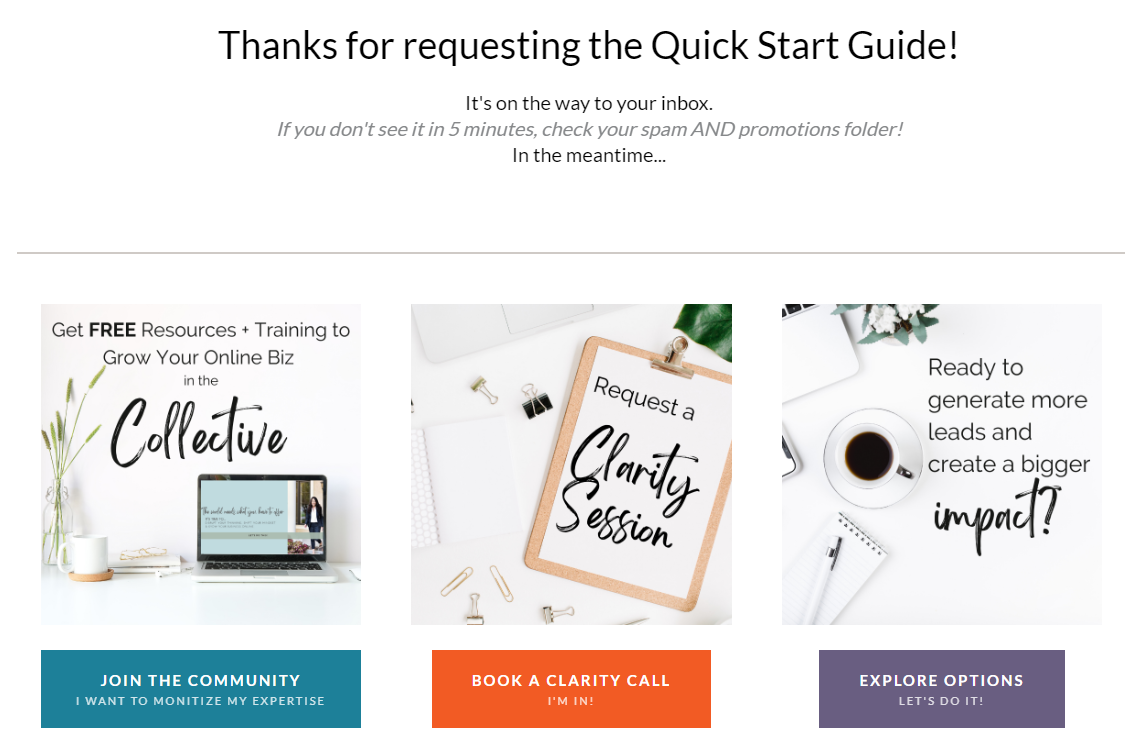
Do More than Just Say Thank You
Your thank you page will let your new subscriber know what they will be receiving and how they will be receiving it, along with a ‘make sure to check your spam folder’ if you don’t see the freebie.
The thank you page also gives your new subscriber additional options to connect with you. This is a critical but overlooked key step that too many don’t take advantage of.
The options could be a link to book a complimentary call – join your private Facebook group or follow a specific social channel – or join you for a free workshop.
Promote, Promote, Promote
The steps above won’t produce results unless you let your audience know about your free offer. There are a number of ways to do this – you can promote it on social media in static posts or short-form video content. You can write blog posts about it and include the link to opt-in as your call to action. Host a mini live workshop with the free offer as a bonus, or even run ads for it. I don’t suggest the ads or even boosting a post until you know your funnel is converting. The last thing you want to do is spend money on ads and then get a bunch of leads that don’t convert.
The best way to promote your free offer is organically through social media and your blog. If you have an engaged audience, they will be more than happy to share your free offer with their friends and followers.
Remember, many people will come to the top of your funnel. A high percentage of them will never work with you, but the people who resonate with your message and see the value you offer will move on to the next step. The key is to be consistent and ensure that you provide value throughout the process. If you do that, you’ll be able to build a relationship with your ideal clients and convert them into paying customers.
Good news: You don’t need to have a degree in marketing to create a successful funnel. It can be as simple as following the steps above and using the right tools to create a sales funnel that will help you build trust and credibility with your potential clients so that they are more likely to invest in your coaching services.
If you want my Lead Magnet Guide and Canva template, then grab it here!
